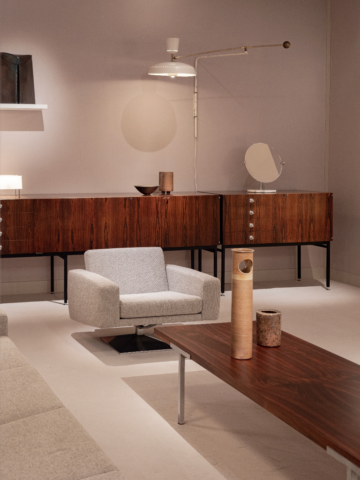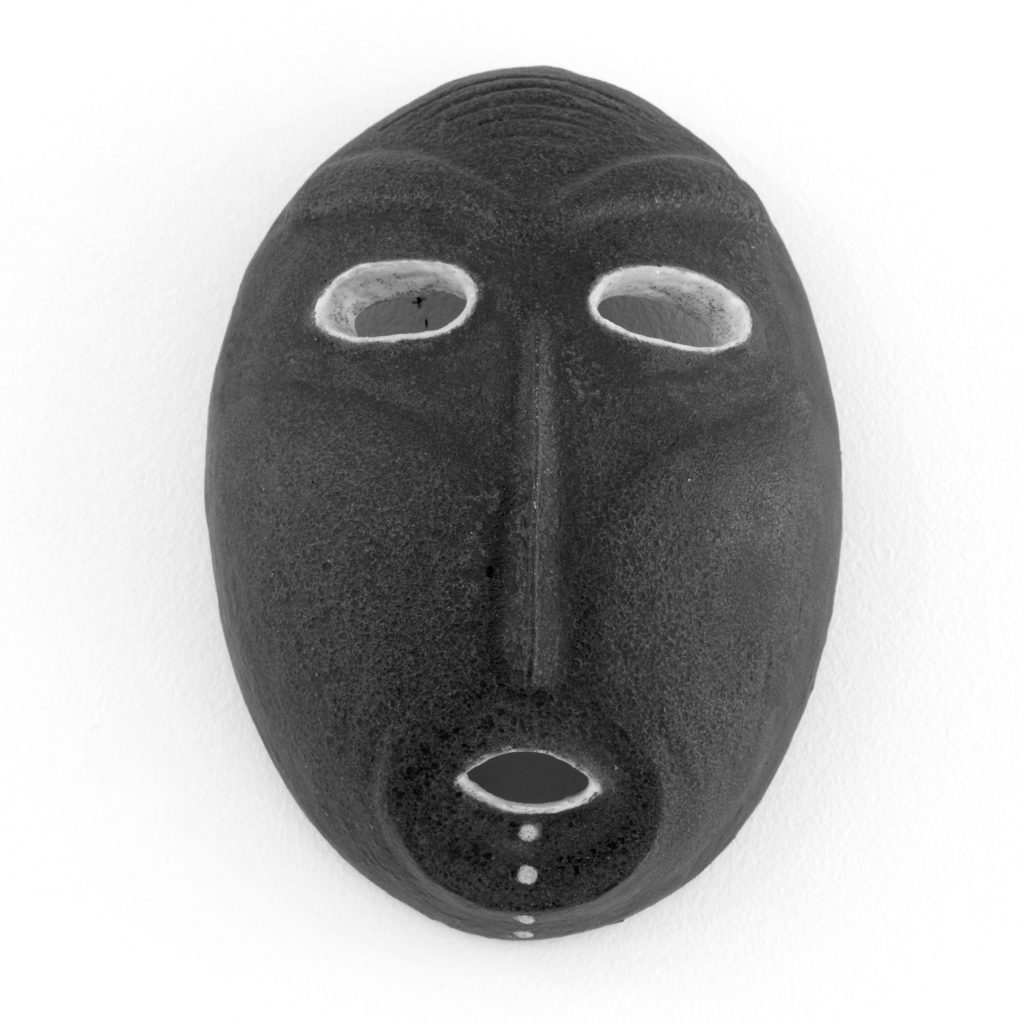Accolay (Pottery)
1954 - 1989
In October 1945, four art and ceramics enthusiasts, Louis Dangon (turner), Slavik Palais (sculptor), Rodet (painter), and André Boutaud (commercial), decided to transform an old abandoned factory into a workshop in Accolay, in the Yonne. These artists were all students of Professor Alexandre Kostanda and chose this village for its strategic location. The proximity of a transformer allowed them to power their electric kilns, and the location near a highway area attracted tourists, making the workshop an important transit point for vacationers.
The Accolay workshop saw its group grow over the years, remaining active from 1945 to 1992. Theodor Lotschine joined them, followed by the turner Banachant in 1948, then Daniel Auger in 1950. The arrival of Canadian painter Rafael Giarousso in 1952 brought significant renewal to Accolay. On December 25, 1964, the group officially took the name of Créations et Exposition de Poteries d’Art Modernes (CEPAM). Despite the gradual departure of members, André Boutaud and Theodor Lotschine stayed until 1980.
The pieces turned in Accolay and fired in Paris began modestly with the creation of ceramic buttons, noticed by Christian Dior for couture. Accolay’s production was distinguished by great diversity and exceptional quality of enamel. Inspired by Parisian ceramists and those from Vallauris, the production was marked by an exaggeration of forms typical of the 1950s. The pieces, often utilitarian, transformed into zoomorphic or anthropomorphic creations with varied decorations (incised, scarified, stamped, painted).
Among the notable creations, André Boutaud produced many chess pieces, vases, and pottery with blue matte scratched glaze, as well as chamotte or glazed clay pieces with ethnic decorations inspired by Inca and Aztec cultures. Ceramic masks and research on enamel retraction during firing, creating a speckled effect, are also emblematic of the Accolay workshop.
The invention of metallic black and the technique of over-glazing added a distinctive touch to their creations. Accolay offered a wide range of unique pieces as well as mass-produced items with an artistic vocation, leaving a lasting mark on the history of French ceramics.
Thus, the Accolay workshop remains a vibrant testament to creativity and innovation in ceramics, having attracted and inspired many artists over the decades.


